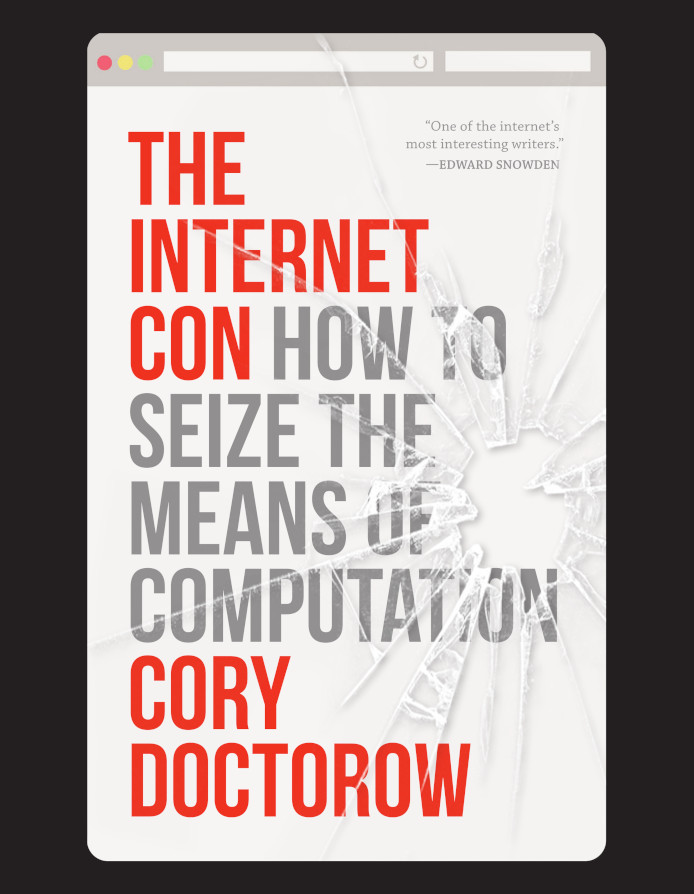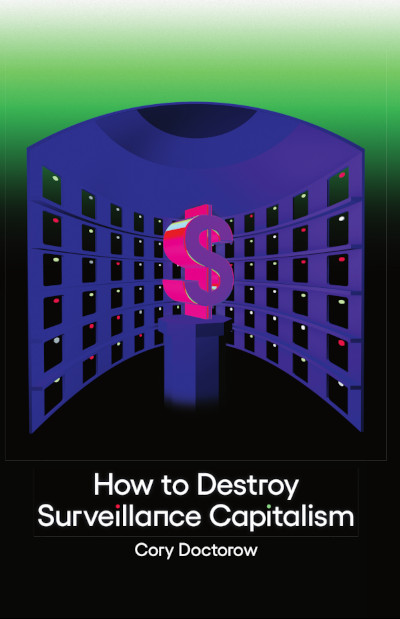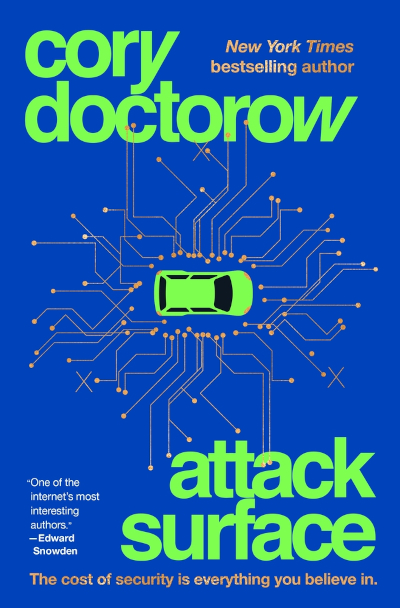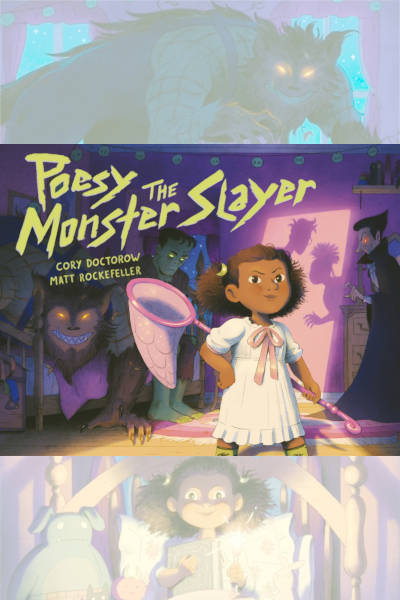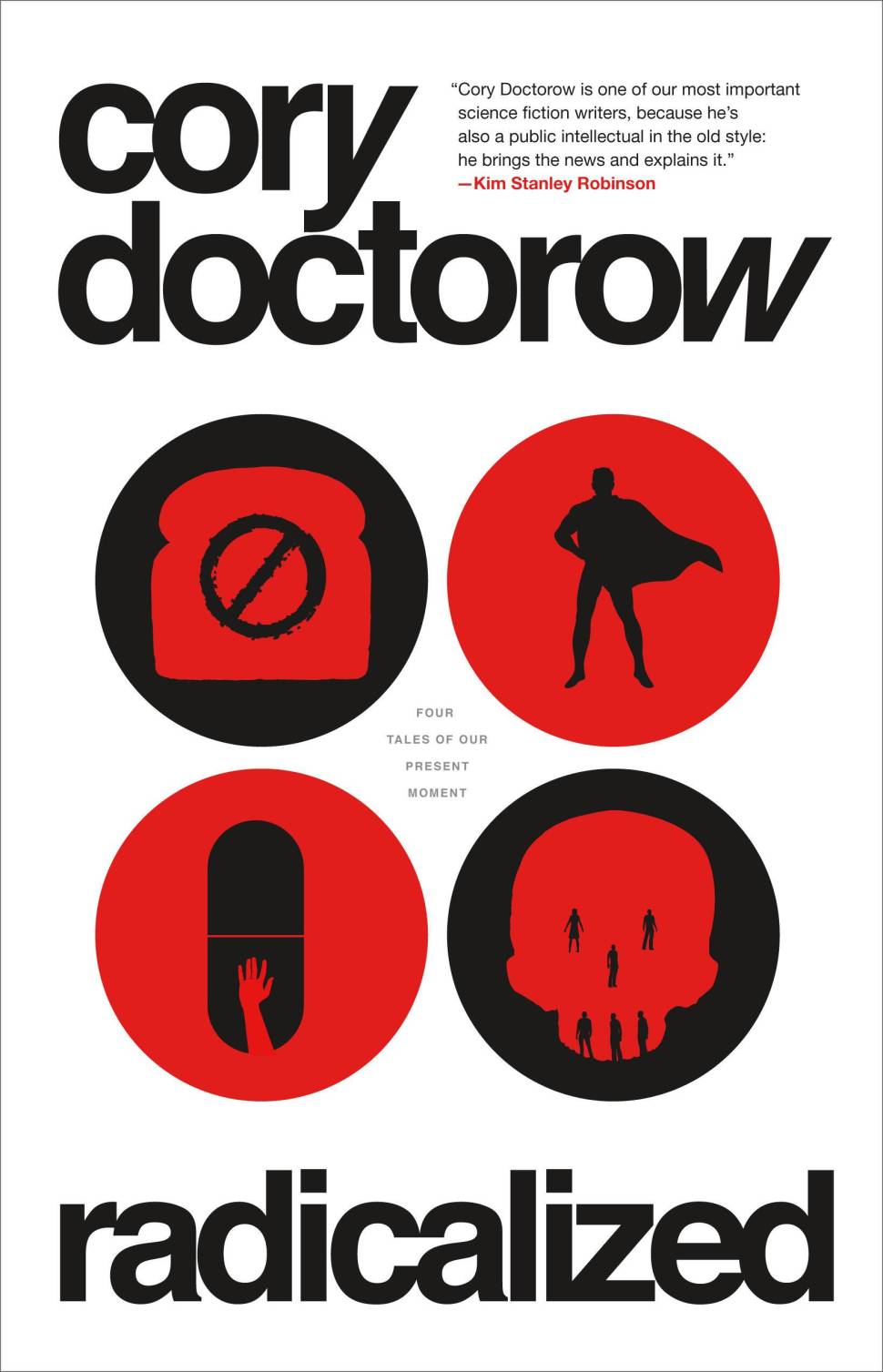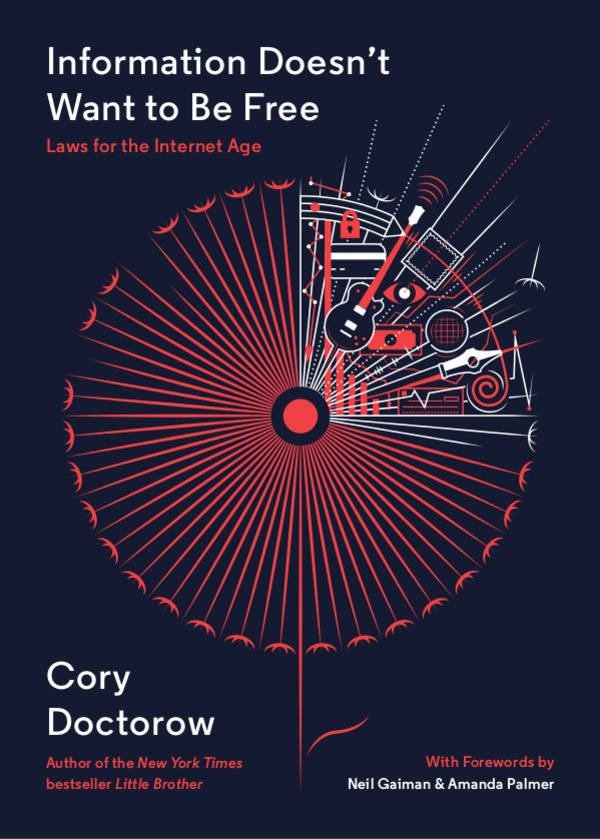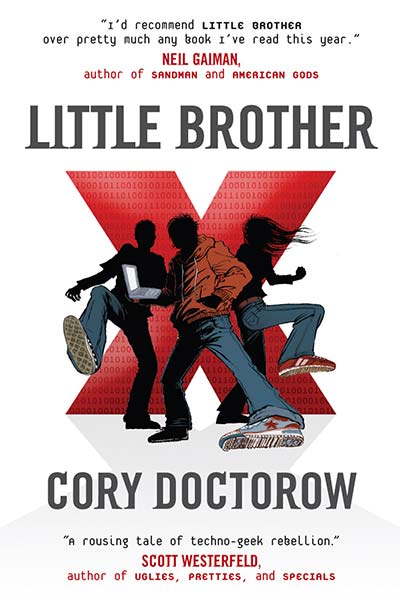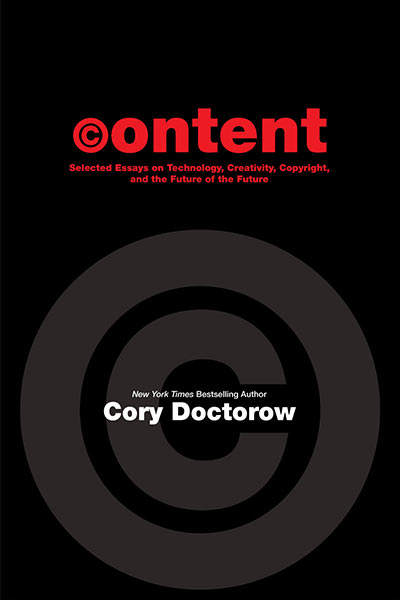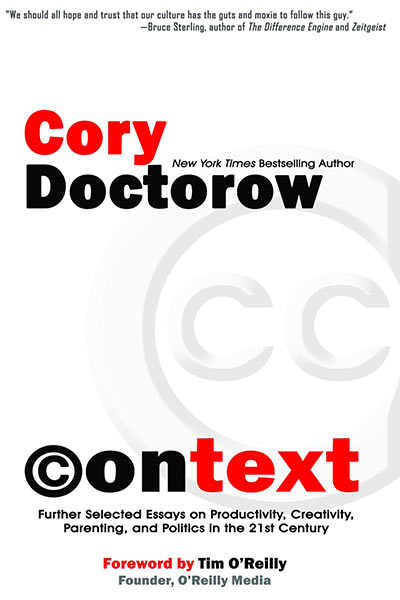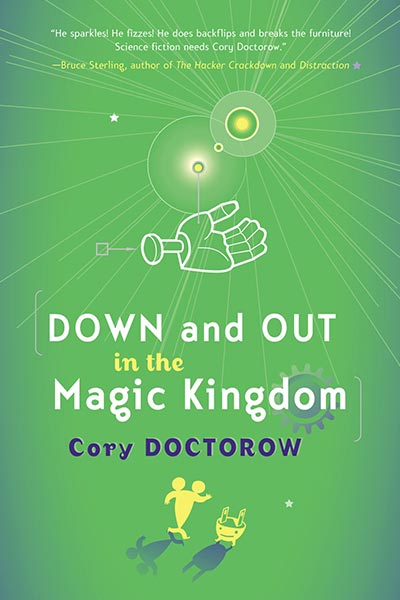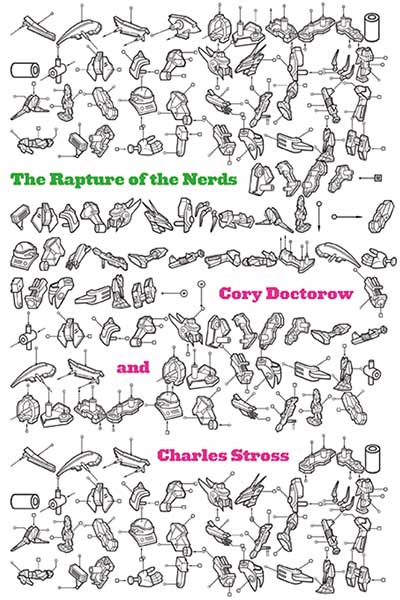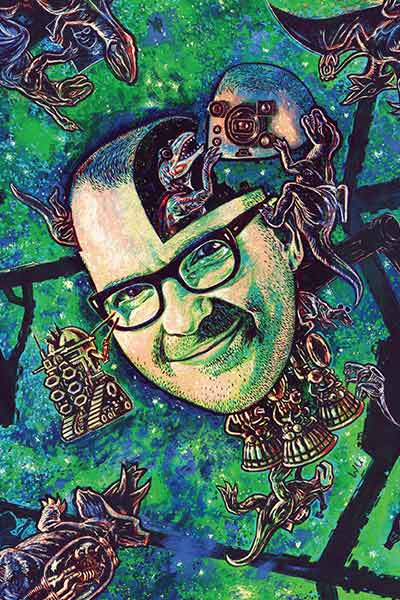
Melbourne’s Deakin University commissioned me to write a science fiction story about the design and regulation of self-driving cars, inspired by my essay about the misapplication of the “Trolley Problem” to autonomous vehicles.
The story, Car Wars, takes the form of a series of vignettes that illustrate the problem with designing cars to control their drivers, interspersed with survey questions to spur discussion of the wider issues of governments and manufacturers being able to control the operation of devices we own and depend on.
It’s pretty much the most beautiful treatment any of my stories has ever had online, and I love how it’s been embedded in a wider context.
– PLAUSIBLE DENIABILITY –‘We’re dead.’
‘Shut up, Jose, we’re not dead. Be cool and hand me that USB stick. Keep your hands low. The cop can’t see us until I open the doors.’
‘What about the cameras?’
‘There’s a known bug that causes them to shut down when the LAN gets congested, to clear things for external cams and steering. There’s also a known bug that causes LAN traffic to spike when there’s a law-enforcement override because everything tries to snapshot itself for forensics. So the cameras are down inside. Give. Me. The. USB.’
Jose’s hand shook. I always kept the wireless jailbreaker and the stick separate – plausible deniability. The jailbreaker had legit uses, and wasn’t, in and of itself, illegal.
I plugged the USB in and mashed the panic-sequence. The first time I’d run the jailbreaker, I’d had to kill an hour while it cycled through different known vulnerabilities, looking for a way into my car’s network. It had been a nail-biter, because I’d started by disabling the car’s wireless – yanking the antenna out of its mount, then putting some Faraday tape over the slot – and every minute that went by was another minute I’d have to explain if the jailbreak failed. Five minutes offline might just be transient radio noise or unclipping the antenna during a car-wash; the longer it went, the fewer stories there were that could plausibly cover the facts.
But every car has a bug or two, and the new firmware left a permanent channel open for reconnection. I could restore the car to factory defaults in 30 seconds, but that would leave me operating a vehicle that was fully uninitialised, no ride history – an obvious cover-up. The plausibility mode would restore a default firmware load, but keep a carefully edited version of the logs intact. That would take three to five minutes, depending.
‘Step out of the vehicle please.’
‘Yes, sir.’
I made sure he could see my body cam, made it prominent in the field of view for his body cam, so there’d be an obvious question later, if no footage was available from my point of view. It was all about the game theory: he knew that I knew that he knew, and other people would later know, so even though I was driving while brown, there were limits on how bad it could get.
‘You too, sir.’
Car Wars [Cory Doctorow/Deakin University]


